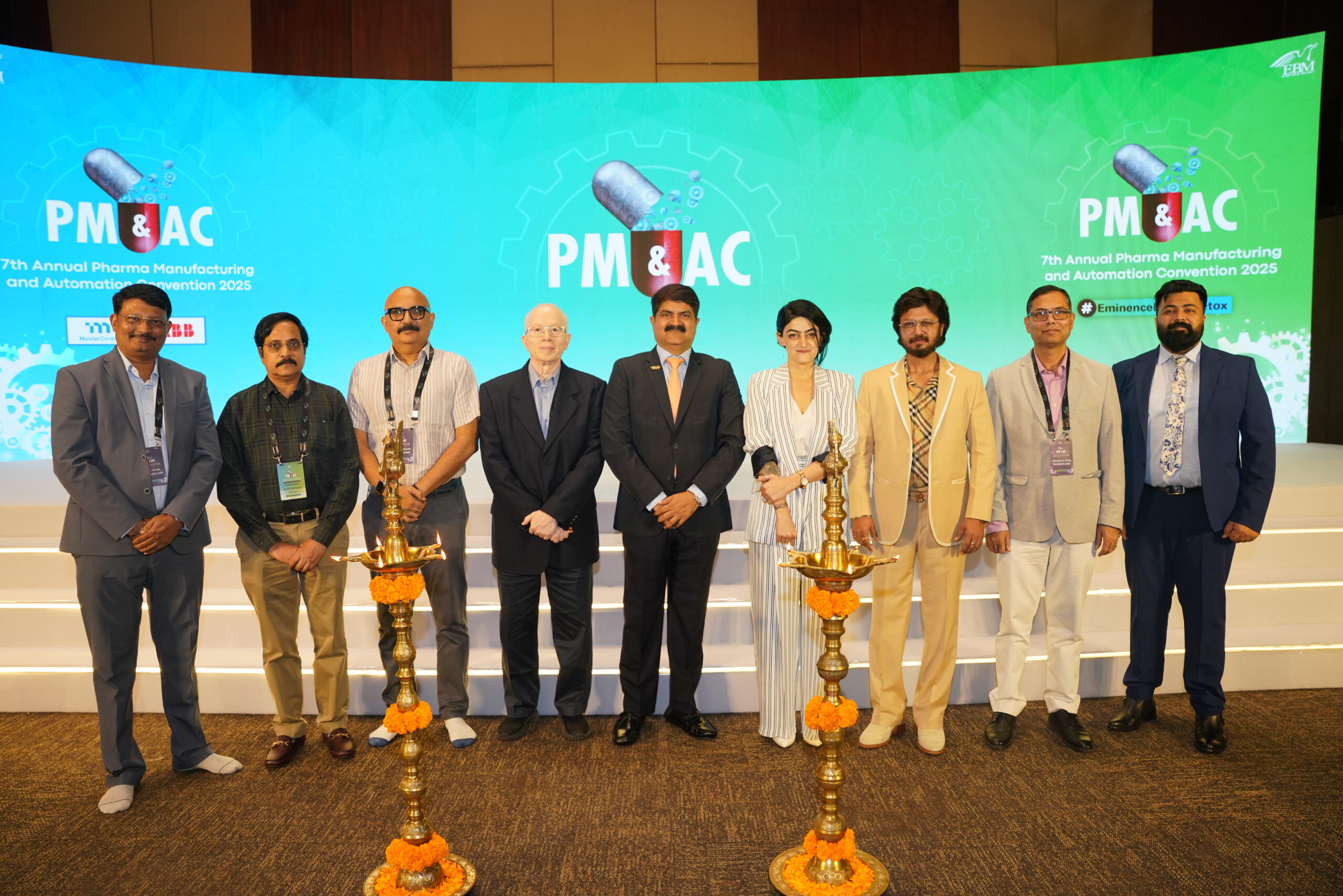Ranjit Barshikar CEO – QbD International
United Nations Adviser
Editorial Board Member of Journal of Generic Medicines – UK
Quality Culture requires that all employees are passionate about eliminating mistakes by making quality their driving principle. It goes beyond following the content of the quality policies and procedures by creating an environment that is focused on continuous improvement and learning. Continuous improvement is the key to achieve Quality Culture, right from Vendors to Customer satisfaction.
Quality Culture has always been very important within pharmaceutical manufacturing operations. Several Organisations know this and have invested resources in systems to support & promote a focus on quality processes, product quality, and achieving patient requirements.
The Indian pharma industry has achieved several milestones in the past 25 years. Some of them are :
- Moving away from manually operated/semi-automated manufacturing plants and machines to automated manufacturing machines and building management system/software based operations.
- Moving towards total global regulatory compliance.
- Record high ANDA/DMF submissions to US FDA. India ranks 2nd largest globally.
- High level of trained and knowledgeable working force.
- Learned the hard way, paid a heavy price to improve and meet compliance challenges, especially meeting data integrity requirements.
- Realised the need to ensure quality culture.
- Implementation of ‘quality by design’ process for API/product development.
- Better infrastructure in R&D, manufacturing, quality monitoring and supply chain.
- Focus on niche products development and expanding global markets.
Steps to sustain the growth in next 25 years must include (along with Quality Culture) following:
- Focus on biosimilars, genetics, vaccines, nanotechnology products as biologics offers opportunities for
explosive growth.
- Develop horizontal and vertical digitalisation of pharma processes.
- Utilise AI / Machine Learning in Product development and manufacturing
- Use emerging technologies like Continuous Manufacturing and 3D printing
- Build and operate fully automated labs for inline testing and monitoring
- Implement Quality by Design for Product Development
- Ensure Quality By “Control” at all critical steps in Manufacturing
- Monitoring all critical process steps is vital to ensure compliance
- Implement ‘Quality Culture’ at all levels to rebuild image and credibility
- Quality Culture to be initiated by Top Management
- Initiate steps towards “Quality Maturity“
- Continuous Training activities.
- Quality awareness throughout the organisation
- Empower employees and encourage self-development
- Recognise and reward impartially to nurture and maintain a quality culture.
- Most important is Positive Attitude.
- Business focus should be patients-oriented
Organizations that usually focus on quality culture, experience satisfied employee, lower attrition rates, and satisfied regulatory agencies. This empowers employees to be more engaged in improving the processes they perform every day. It strengthens motivation, loyalty, and commitment to quality.
A successful quality culture takes a commitment from upper & middle management, and shop floor employees to initiate and sustain such a movement and achieve its benefits.






